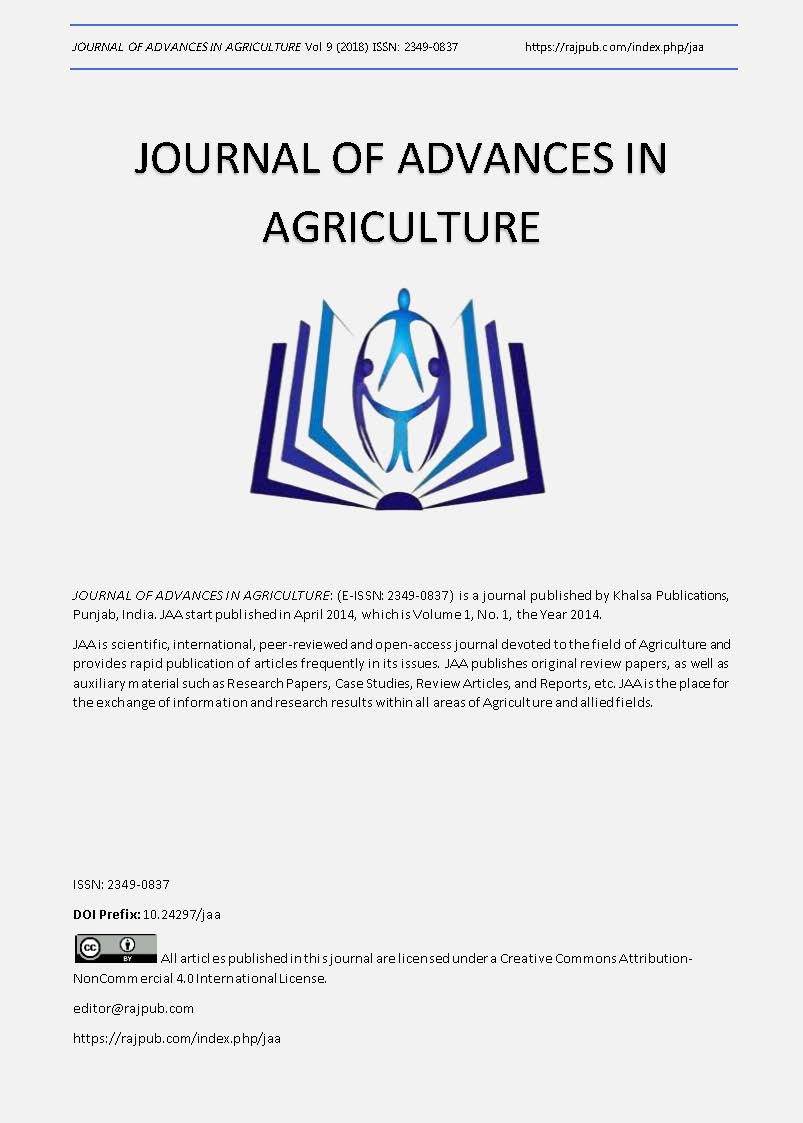Determining Morphological Traits for Selecting Wheat (Triticum Aestivum L.) with Improved Early-Season Forage Production
DOI:
https://doi.org/10.24297/jaa.v9i0.7932Keywords:
Forage, Morphological traits, WheatAbstract
Winter wheat (Triticum aestivum L.) is the major annual crop in the Southern Great Plains of the USA grown as dual-purpose (forage and grain) crop. Wheat breeding has focused on maximizing grain yield and tolerance to abiotic and biotic stresses. Because of a lack of clearly defined selection criteria for breeding forage-type wheat, breeders usually rely on very laborious means to measure forage quantity and quality or they use imprecise visual estimates to quantify forage production. In a series of experiments conducted at Vernon, TX during 2003-2005, we determined correlations between selected morphological traits and the early-season forage DM yield in a range of wheat breeding lines and commercial cultivars evaluated by the Wheat Breeding Program of Texas A&M AgriLife Research. Early-season forage DM yield was highly correlated with tiller number, leaf length and width, and inversely correlated with specific leaf weight. Environmental variables modified the responses. A number of wheat breeding lines and cultivars had combined three out of the four evaluated morphological traits, including Abilene Ag Exp., Cutter, Fannin, HG-9, Duster, TAM 110, TX01M5009, TX01V6016, TX03M1179, TX04M410009, and Weather master 135. These cultivars/breeding lines have been recommended for dual-purpose use; thus, the morphological traits evaluated in our studies were desirable for selection of wheat with improved forage productivity.
Downloads
Downloads
Published
How to Cite
Issue
Section
License
 All articles published in Journal of Advances in Linguistics are licensed under a Creative Commons Attribution 4.0 International License.
All articles published in Journal of Advances in Linguistics are licensed under a Creative Commons Attribution 4.0 International License.




